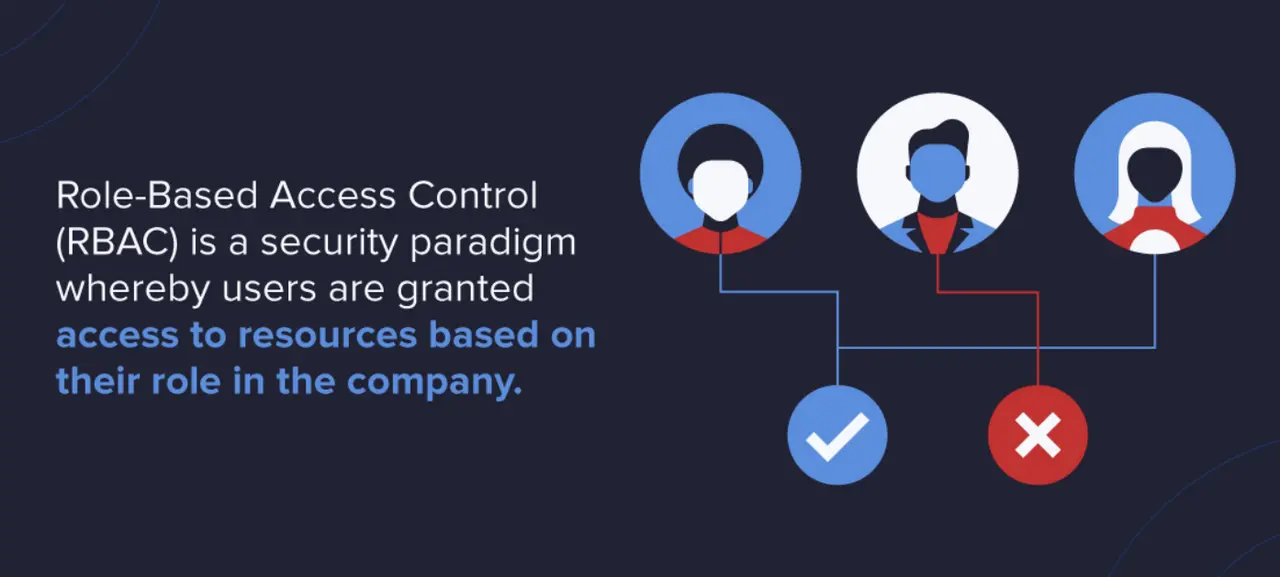Understanding Role-Based Security
When it comes to securing your business operations, role-based security software is a key tool. This type of security system allows you to control access to sensitive information based on an individual’s role or responsibilities within the organization. With role-based security, you can ensure that only authorized employees have access to certain data and applications, minimizing the risk of unauthorized access or data breaches. This helps to enhance your business’s overall security and streamline operations by allowing employees to access only the information essential to their specific job functions.

Benefits of Role-Based Security Software
Role-based security software offers several benefits for enhancing business operations:
- It allows you to control access to sensitive company data, ensuring that only authorized personnel can view or modify it.
- By assigning specific roles and permissions, you can minimize the risk of data breaches and unauthorized access.
- It streamlines the process of managing user access, making it easier to maintain a secure and compliant environment.
Choosing the Right Role-Based Security Software
To choose the right role-based security software for your business, consider the specific needs and access requirements of your employees. Focus on software that offers customizable roles and permissions to ensure that each user has the appropriate level of access. Look for a user-friendly interface that allows for easy management of roles and permissions. Additionally, prioritize software that provides robust reporting and auditing capabilities to ensure transparency and accountability within your organization.
Implementing Role-Based Security Software in Your Business
Role-based security software provides an effective way to control and manage access to sensitive data within a business. By using this software, you can assign specific roles and permissions to different employees based on their responsibilities, ensuring that they only have access to the information they need. This not only enhances the security of your business operations but also streamlines your workflow by ensuring that each employee has the appropriate level of access to carry out their job responsibilities efficiently.
Role-Based Security Software Training for Your Team
When implementing role-based security software, it is essential to provide comprehensive training for your team to ensure seamless adoption and effective utilization. By investing time and resources into proper training, you can empower your team to understand the capabilities of the software, their specific roles and permissions, and best practices for maintaining security protocols. Training should cover aspects such as user access management, privilege levels, and response protocols in the event of security breaches. This will enable your team to effectively navigate the software, adhere to security protocols, and minimize the risk of unauthorized access or data breaches.
Role-Based Security Best Practices
Role-based security software ensures that only authorized users have access to specific resources and information within a business. By assigning roles to individuals, the software restricts access to sensitive data, minimizing the risk of unauthorized access or data breaches. When implementing role-based security, consider the following best practices:
- Clearly define the roles and responsibilities within your organization.
- Regularly review and update role assignments to align with changes in staffing and business operations.
- Restrict access to sensitive information and resources by implementing least privilege access.
- Provide training to employees on their role-based access and security protocols.
- Monitor user activity and regularly audit access rights to ensure compliance and security.
By following these best practices, businesses can enhance their overall security posture and streamline their operations.
Role-Based Security Software Maintenance and Updates
When it comes to role-based security software, it’s crucial to stay on top of maintenance and updates. Regular maintenance helps to ensure that the software continues to perform at its best and remains secure. Updates are essential for addressing any potential vulnerabilities and keeping up with the latest security standards. By staying current with maintenance and updates, you can optimize your business operations and protect your sensitive data.
Role-Based Security Software Integration with Existing Systems
Integrating role-based security software with your existing systems can help improve your business operations. It allows you to control and manage user access to sensitive information, ensuring that only authorized personnel can view or modify critical data. By integrating this software, you can streamline the process of assigning specific roles and permissions to employees, enhancing efficiency and security within your organization.
Measuring the Impact of Role-Based Security Software
Role-based security software measures the impact on business operations by enhancing access control and minimizing security risks. It allows businesses to assign specific permissions and access levels based on employees’ roles, ensuring that sensitive data is only accessible to authorized personnel. This software helps in reducing the risk of unauthorized access and potential data breaches, thereby improving overall security and compliance.
Summary: Enhancing Business Operations with Role-Based Security Software
Role-based security software enhances business operations by allowing companies to control access to sensitive data and resources based on individual roles within the organization. This approach provides a more secure environment by giving employees access only to the information they need to perform their specific job functions. With role-based security software, businesses can reduce the risk of data breaches and unauthorized access, thereby improving overall operational efficiency and compliance with industry regulations.




 520 838 0346
520 838 0346 sales@zinatt.com
sales@zinatt.com









